In many African communities, milling maize is more than just making food. It's about making our communities strong, starting new businesses, and giving families a secure future. This is the story of the Posho mill – a powerful engine of hope – and how Roff helps to make this change happen.
When Lesotho retiree Jerry Ntsekhe invested his pension in a compact Roff Posho mill, he wasn’t chasing a hobby.
“Maize is the basic food that every household has in this country at any given time. Without it, people are facing terrible hunger.” — Jerry Ntsekhe
Across southern Africa, maize meal is the cornerstone of daily nutrition. Yet, in 2024 an estimated 293 000 rural Basotho (19 % of the population) were in IPC* Phase 3 “Crisis” hunger—a figure that rises and falls each season with droughts and price spikes. *Integrated Food Security Phase Classification (IPC)
Why maize meal matters so much
It's a staple food – A maize kernel (the seed) is mostly starch (about 71%) and protein (about 9.5%). It also has small amounts of vitamin-A and minerals. It's the most important food for many people across Africa.
The challenge of hunger – In Lesotho alone, 520,000 people are currently facing "severe hunger," and half the population lives in poverty. The fight against not having enough food is a daily reality for millions.
Zambia (October 2024 - March 2025): About 5.8 million people (33% of the population) are expected to face very high levels of food shortage (IPC Phase 3 or worse). This includes 236,000 people in a severe emergency (IPC Phase 4).
Malawi (October 2024 - January 2025): Serious food shortages (IPC Phase 3) will continue in southern Malawi, with an estimated 3 to 4 million people facing acute hunger.
Zimbabwe (June 2024 - January 2025): Serious food shortages (IPC Phase 3) are expected to spread. Millions will need to find other ways to get money, or get help from aid organisations, because the harvest was very poor.
Local meal = lower prices – When maize meal is made in a big factory and transported far, its price often doubles. Milling maize right in your village or community removes this extra cost. This means families can afford healthy food, putting much-needed calories back on their tables.
 How the service-milling (Posho) model works
How the service-milling (Posho) model works
The Roff Posho Community Mill is made to be easy to use and very effective:
- Size: Fits in a small shed (6 meters by 3 meters)
- Power requirement: 9.5 kW, 3-phase electricity
- Capacity: 750 kg of whole maize per hour
- Output: 82–85% of the maize becomes meal, so 612–637 kg of meal per hour
Check out the Roff community mill options.
Farmers or households bring their own maize grain. The mill owner charges a small fee for each 50 kg bag they mill. The mill owner usually keeps the bran (the outer part of the maize, good for animal feed) or sells it. Sometimes, they also keep a small part of the maize meal as profit.
What do milling services cost?
The table below shows typical fees per 50 kg bag and the going rate for bran where data exist. Figures fluctuate with exchange rates and local fuel costs but give a realistic benchmark for start-up budgets.
| Country | Milling fee / 50 kg bag in US$ | Notes |
|---|---|---|
| Zambia | ≈ $2.16 (estimate) | Average service charge is ZMW 5 per 5 kg of maize. |
| South Africa | ≈ $1.22 (estimate) | Small custom millers in Limpopo reportedly charge ± ZAR 35 / 80 kg (= ZAR 22 / 50 kg). |
| Zimbabwe | ≈ $3 (estimate) | Milling fee for a 20‑litre** container of maize is: $1 (17kg) |
| Lesotho | ≈ $1.85 (estimate) | Milling fee for a 20‑litre** container of maize is: ZAR 10 – 12 (miller keeps the bran) ZAR 18 – 20 (customer keeps the bran). |
Why it matters: even at the upper end of $3, milling charges remain less than the transport premium households usually pay on factory meal — while the bran can offset electricity and maintenance costs almost entirely in Uganda-style markets.
Disclaimer:
The milling fees and bran prices listed above are provided for illustrative purposes only and represent average figures gathered from public sources at the time of writing (July 2025). Actual costs vary by region, exchange-rate fluctuations and individual supplier agreements. Readers should independently verify all prices with local millers, feed buyers and relevant market authorities before making any financial decisions.
Real entrepreneurs, real impact
These real stories show how just one small mill can pay for school fees, create jobs in rural areas, and grow into a business with many milling points over time:
 Godfrey Pheello Kou (Lesotho): He runs 70 village milling points that his late father, George, started. "Our meal is much cheaper than packaged maize meal from big shops," he says. He explains that the low running costs of the Posho mill help them offer better prices.
Godfrey Pheello Kou (Lesotho): He runs 70 village milling points that his late father, George, started. "Our meal is much cheaper than packaged maize meal from big shops," he says. He explains that the low running costs of the Posho mill help them offer better prices.
 Jerry Ntsekhe (Lesotho): He used his retirement money to invest in a Posho mill because he wanted to "give something back." Now, he works together with villagers, sharing harvests and wages.
Jerry Ntsekhe (Lesotho): He used his retirement money to invest in a Posho mill because he wanted to "give something back." Now, he works together with villagers, sharing harvests and wages.
 Hon. Mahala Molapo: He started with one Posho mill in 1996 and now has three mills. "Roff helped me, and they will take care of you too," he advises new mill owners.
Hon. Mahala Molapo: He started with one Posho mill in 1996 and now has three mills. "Roff helped me, and they will take care of you too," he advises new mill owners.
Watch the inspiring success story video of these three Lesotho entrepreneurs.
Profit meets purpose
- More meal from your maize – With 85% extraction, every 1 ton (1000 kg) of maize grain gives you about 850 kg of meal. This is more than the ±750 kg you get from smaller hammer mills. This means your limited harvest goes further, helping more people get food.
- Bran becomes cash – The Posho mill produces 113–138 kg of bran per hour. This bran can be sold locally as feed for cows or chickens, giving the mill owner an extra way to earn money.
- Stable prices – When droughts cause national maize meal prices to go very high, community mills can help. They can mill locally stored maize at a fair price (cost plus a small profit). This acts as a very important safety net for people in the community.
Ready to build your own legacy?
Owning a Posho mill can finance today’s household needs, anchor tomorrow’s inheritance, and win lasting credibility with chiefs, churches and neighbours — all while putting affordable food on every table.
Download: 👉 Get the Posho brochure & budget checklist.
Talk to Roff: Let's get you started with a quote.
References:
https://www.ipcinfo.org/ipc-country-analysis/details-map/en/c/1157117 https://www.wfpusa.org/countries/lesotho/
https://reeep.org/wp-content/uploads/2024/11/SOARING-fact-sheet-grain-milling.pdf?utm_source=chatgpt.com https://documents1.worldbank.org/curated/en/275421468319520741/pdf/770790ESW0P12900PUBLIC00Box0377368B.pdf?utm_source=chatgpt.com https://www.tandfonline.com/doi/full/10.1080/0376835X.2011.605561



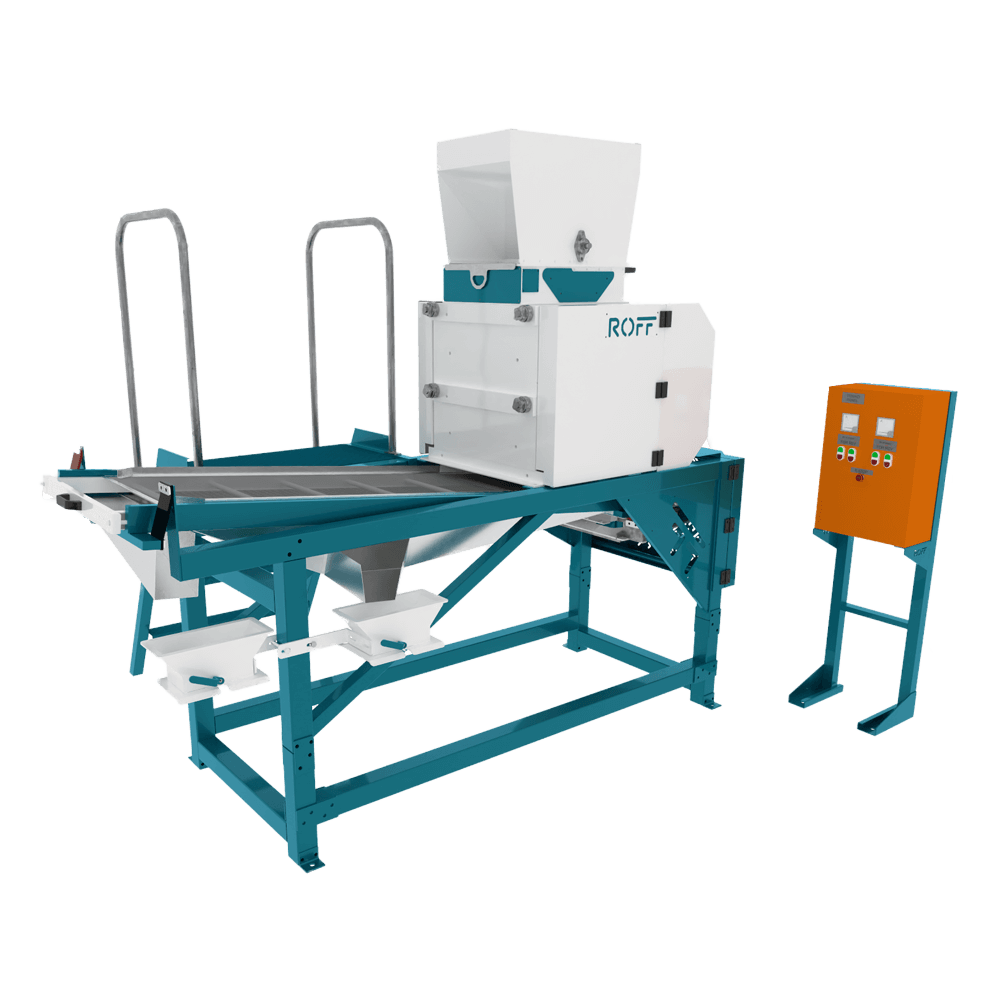
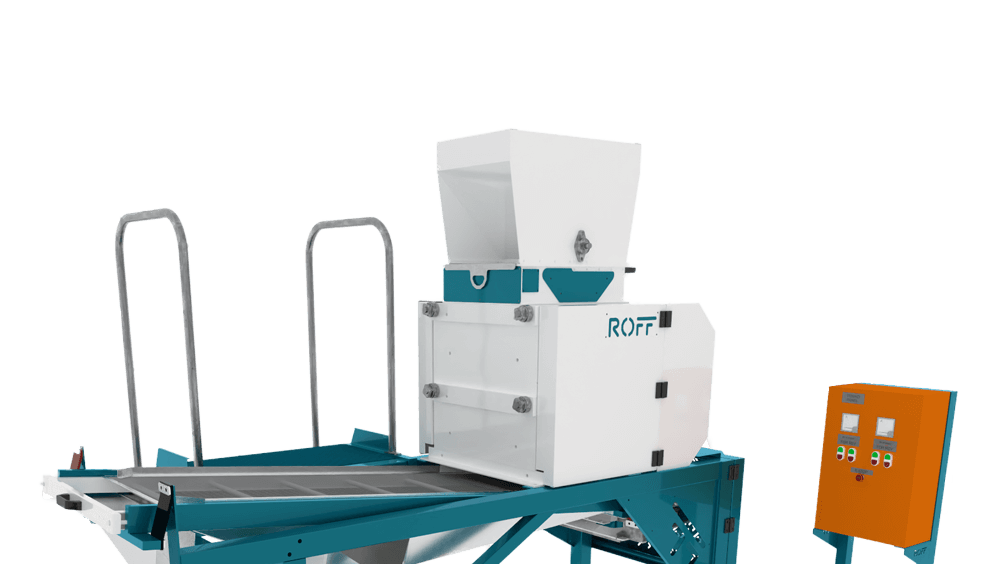
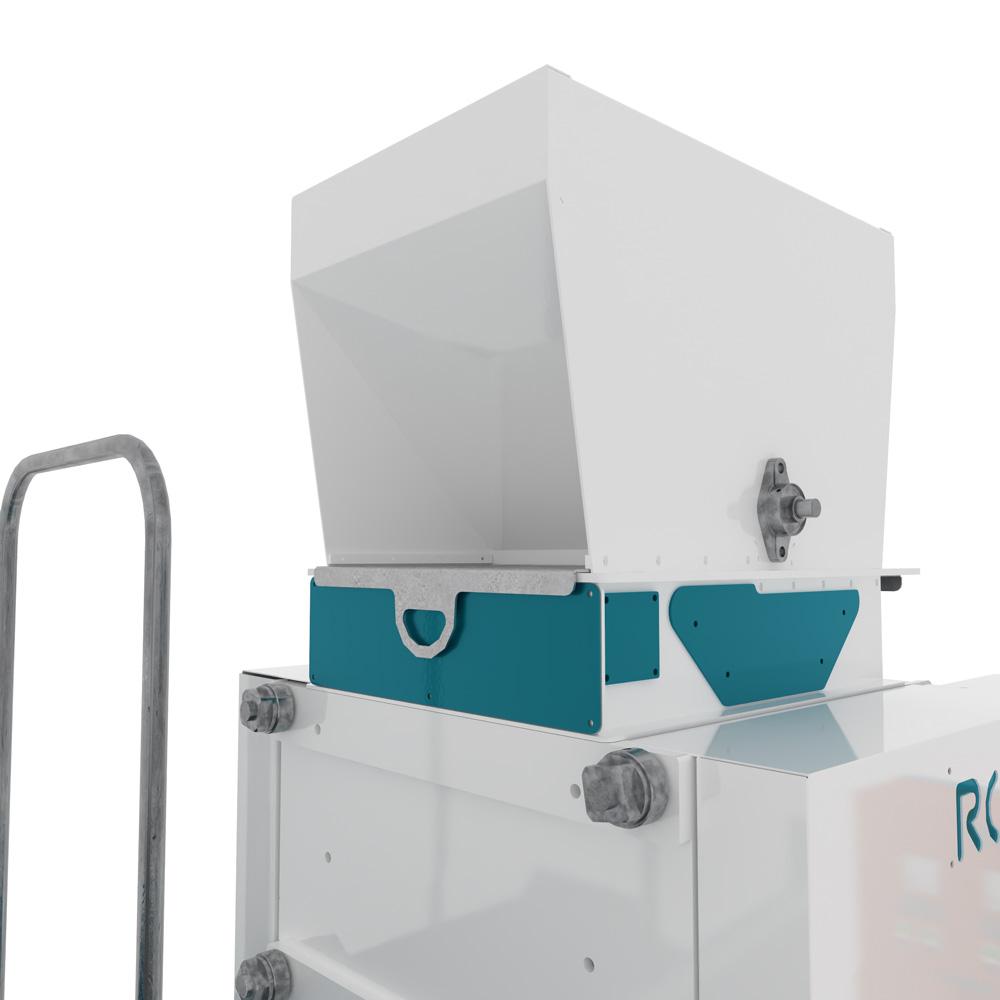
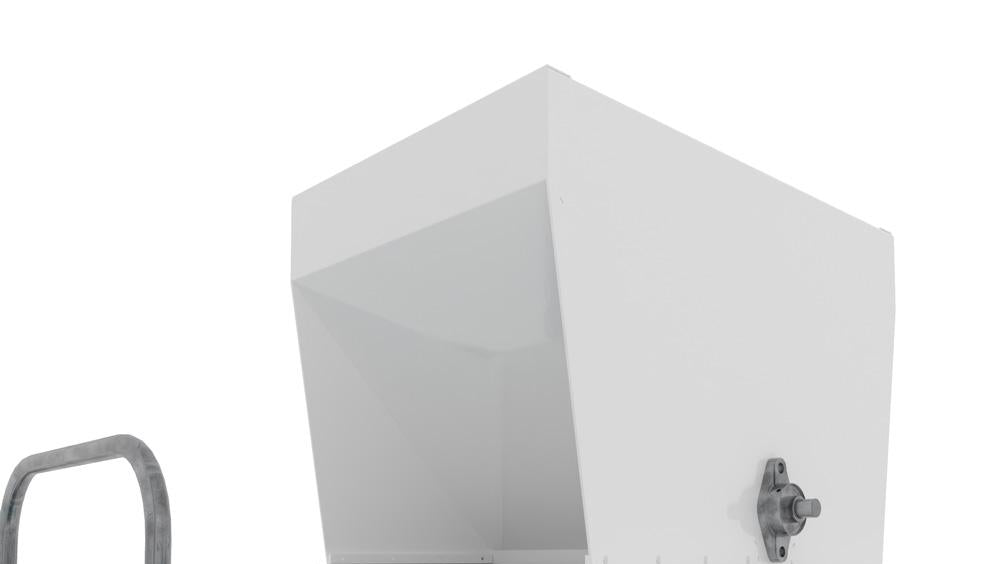
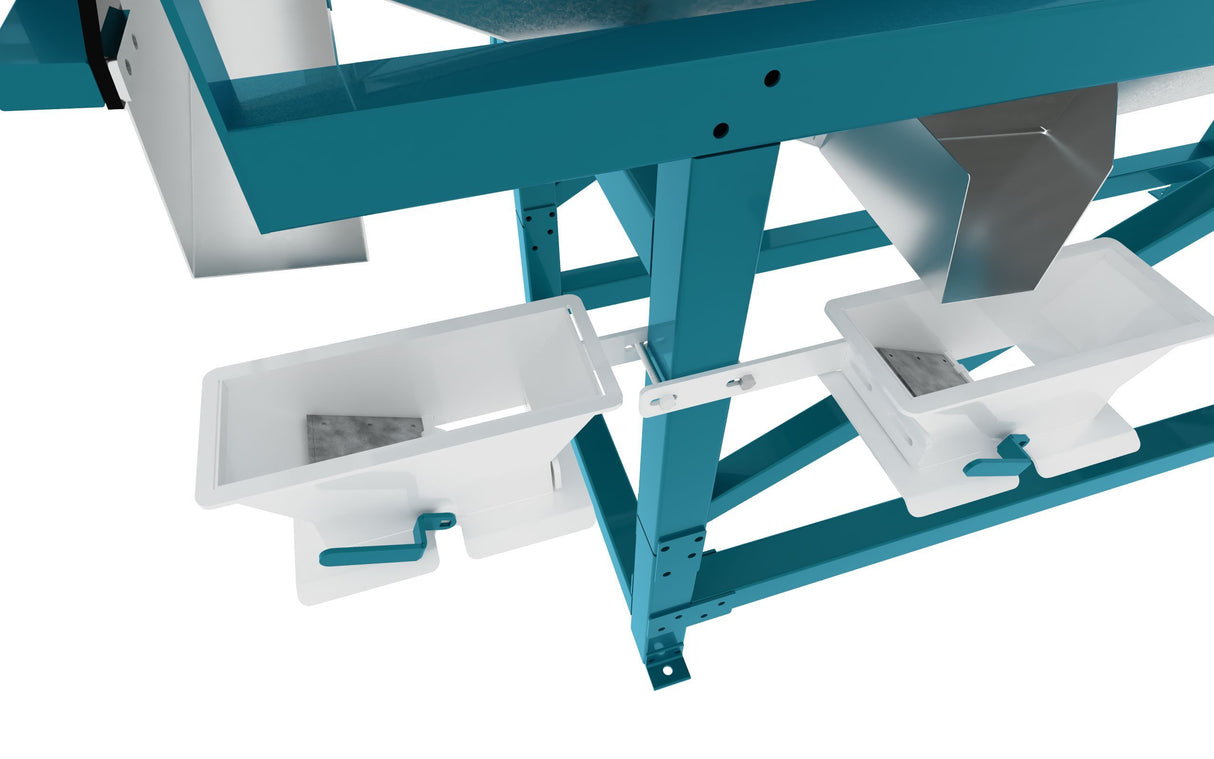
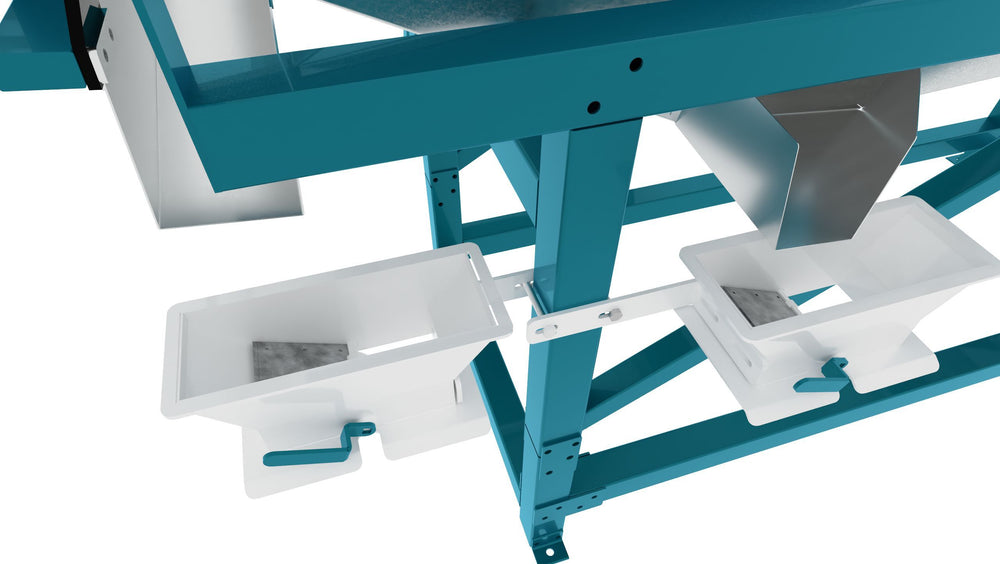
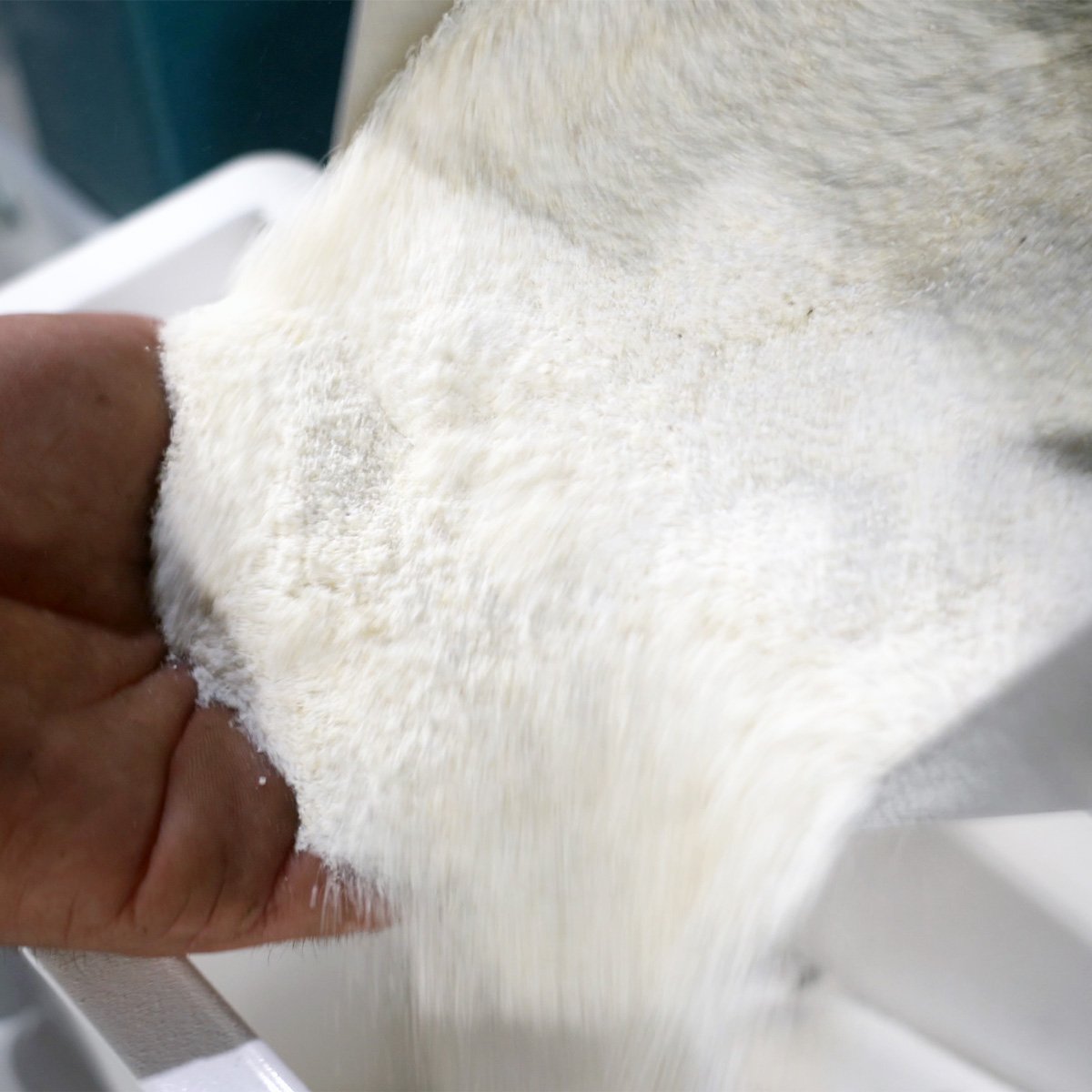
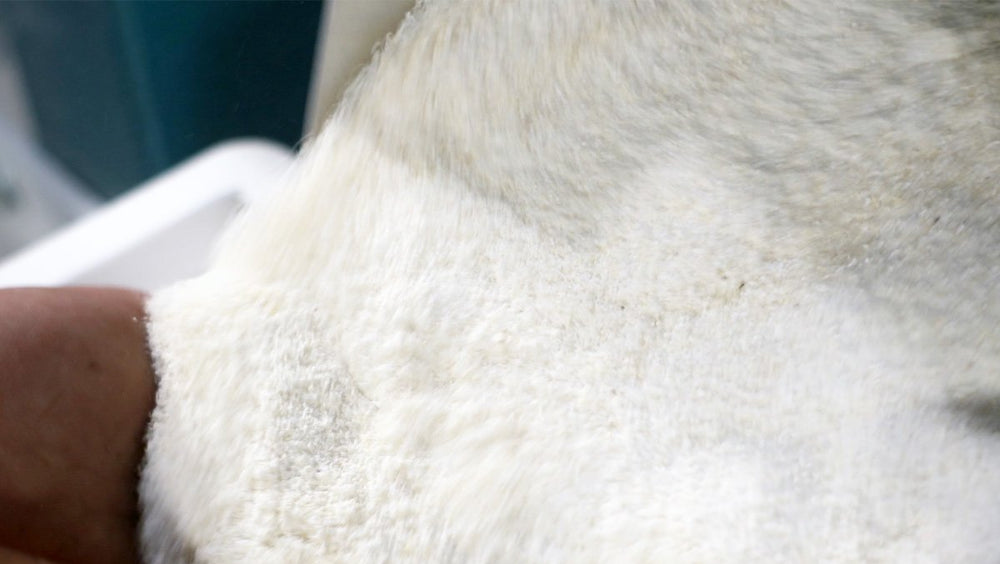

2 comments
Bien
I content it’s very good